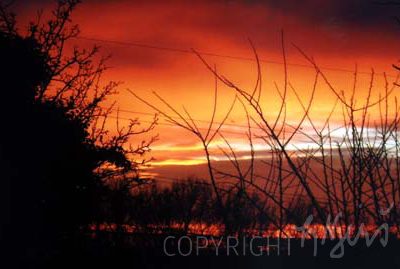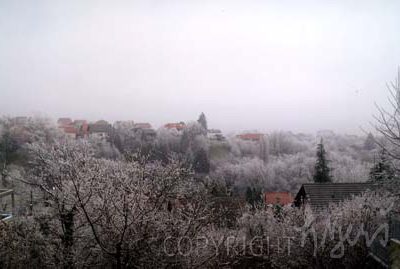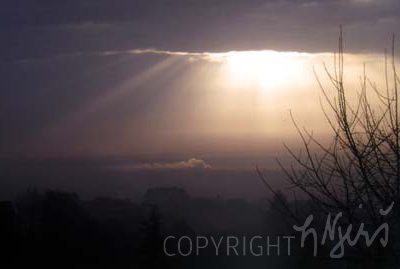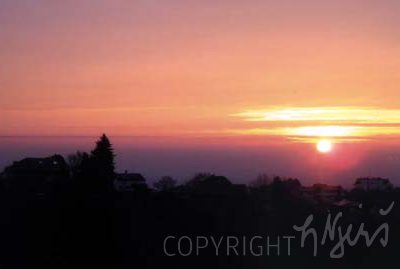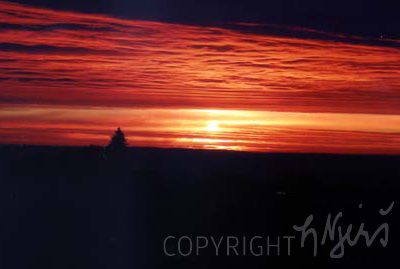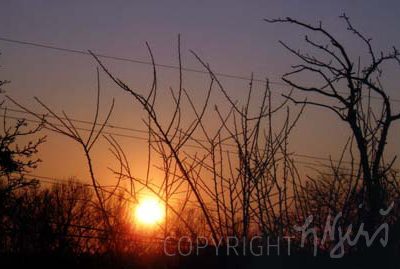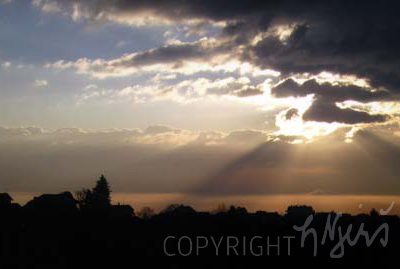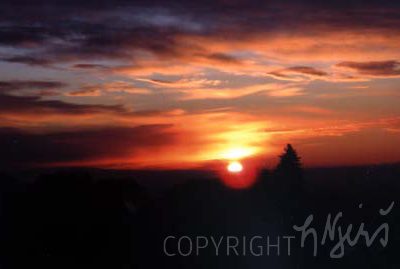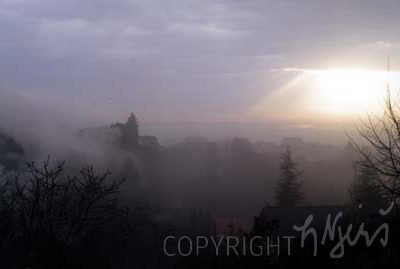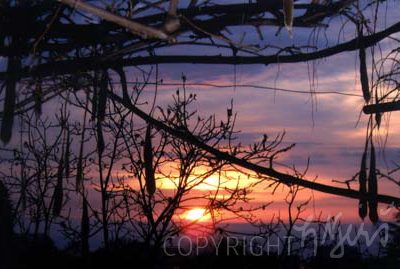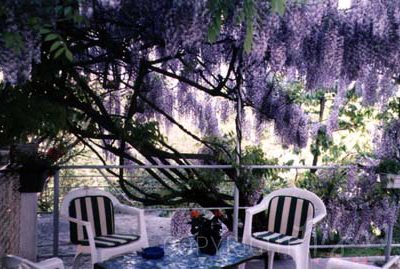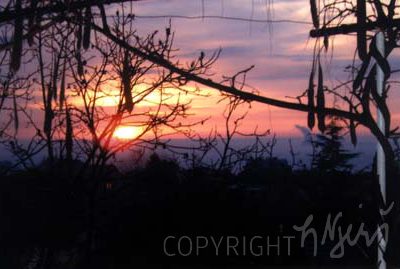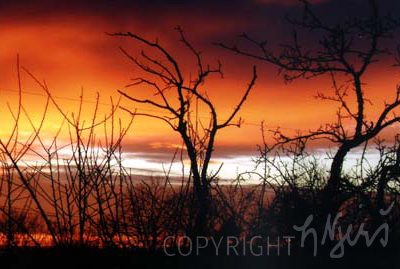About the author
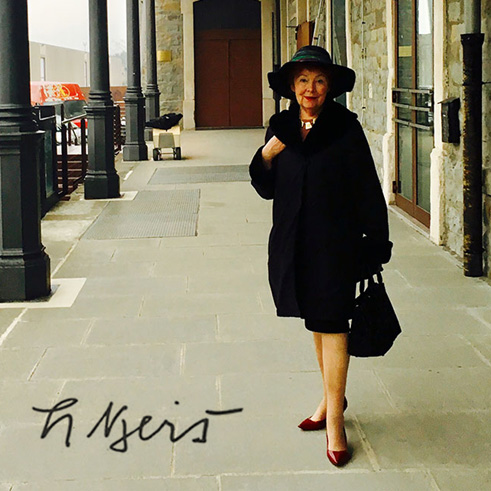 Trst 2017., Bienale Internationale Donna
Trst 2017., Bienale Internationale Donna Artist statement:
I have been creating something since I remember. I was a child when I decided to become an artist. The inexhaustible possibilities of today’s technology combined with ancient techniques made me simply fall in love with ceramics, especially RAKU. The mysteries and ruled of this particular technique have also determined the way I work.
My favourite subjects are the female body, flowers and leaves, which have to fit within a given shape, whether square or round. However, the line of the drawing is my main concern. The landscapes also offers many possibilities. Whether I paint on canvas, paper or choose clay surface, I follow the same pattern.
I know that my work gives people pleasure and joy. As I work, I aniticipate the happiness my creations will give to the viewer and I see that they wish to have and behold every day something that I have created. This appretiation of my work by others makes me happy and fulfilled. All beautiful things which surround me inspire me: the setting of the sun, the impression of a leaf on wet clay…
The legacy in paintings and ceramics will survive me for centuries.
Ljerka Njerš graduated from the Applied Art School (Ceramics Section), Zagreb, having been taught by the well-known ceramicist Blanka Dužanec. She then studied painting at the Fine Arts Academy in Zagreb, passing out from the class of Marin Tartaglia. Since then she has been a professional artist and has regularly exhibited at numerous ceramic exhibitions at home and abroad. As well as many appearances in collective exhibitions, she has had over 80 one-woman shows. And in her periods of study abroad she has taken part in many meetings and symposia.
One very important such trip was in 1987, to Portugal, where she worked in the Santana stoneware factory, Lisbon, next year being invited to the famed porcelain works of Vista Alegre. In 1988 she spent time in the famed Curwen Studio in London (run by Stanley Jones), where she did a cycle of coloured lithographs. One of these was chosen for the prestigious Summer Exhibition in the Royal Academy. Since 1985 she has been taking part in auctions of contemporary ceramics by the renowned London auction houses Cristie’s and Bonhams. In that year she also started her work in concert with the Zagreb City Museum. She is a member of Croatian artists’ associations (HDLU and ULUPUH) and of the Society of Designer and Craftsman in London. Since 1992 she has been involved with the charitable work of the order of St Lazarus.
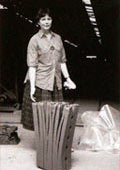
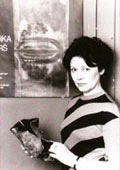
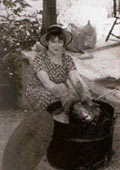
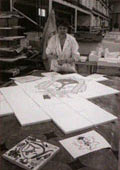
Several short documentary films have been made about the ceramics and paintings of Ljerka Njerš, as well as an animated documentary, The Art of Clay and Fire, by Ernest Gregl.
She has won a number of professional and public awards and commendations. She won the City of Zagreb Prize in 1998, and has been awarded the order of the Croatian Morning Star (with the figure of Marko Marulić) for contributions to culture. As well as painting, ceramics and prints, she deals with illustrations and book design. She lives and works in Zagreb.
Awards and recognitions
- 2023.
Regular member of the Department for Humanities and Culture of the International Academy of Sciences and Arts in Bosnia and Herzegovina (IANUBIH) - 2022.
ULUPUH-Lifetime Achievement Award - 2000.
International art workshop “Plemenitaš” for ceramics in raku technique awarded Ljerka Njerš for the “goranski” souvenir
I art colony “The beauty of raku ceramics ” – Klimno/Krk and Morčić Bakar Gallery, I prize to Ljerka Njerš for the souvenir of the city of Bakar - 1995.
Award of the city of Zagreb for 1994. - 1990.
XVI Zagreb school of graphics, Cabinet of Graphics HAZU, Zagreb, III world triennale of small ceramics, Zagreb, Diploma - 1989.
24. Zagreb Salon in the section “Towards the 900. years of the city of Zagreb”,
Award to Ljerka Njerš and Zagreb City Museum - 1987.
Univerzijada 1987, Zagreb, Award from “Jugokeramika” at the souvenir award
II world triennale of small ceramics, Zagreb, diploma
XI biennale Slavonia, Osijek, ex aequo to Ljerka Njerš - 1986.
Award of the year from “Jugokeramika”
Award of the Tourist allience of Zagreb - 1984.
International Academy of Ceramics, Wenatchee, SAD, Diploma - 1983.
V trienale of yugoslavian ceramics, Beograd
Award of the Society of applied arts of Macedonia
V trienale yugoslavian ceramics, award of the city of Subotica
Art ceramics colony “Hinko Juhn”, Našice, award for the work in the colony - 1979.
Prize for the solution of the urban picture at the Maksimir county contest, Zagreb - 1973.
II Miedzunarodowa wystava ceramiki, Gdansk, Poljska
Important books
- The exhibition “Material and Form – Textile on New Borders”
Zagreb, Galerija ULUPUH, 8.9.-24.9.2018.
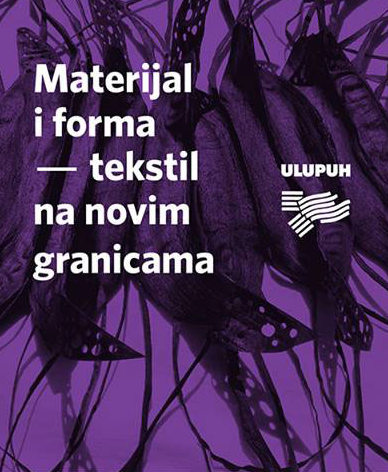
- Museum of antique glass – Exhibition “Men of glass”
Zadar, 5.5.-15.10.2018.
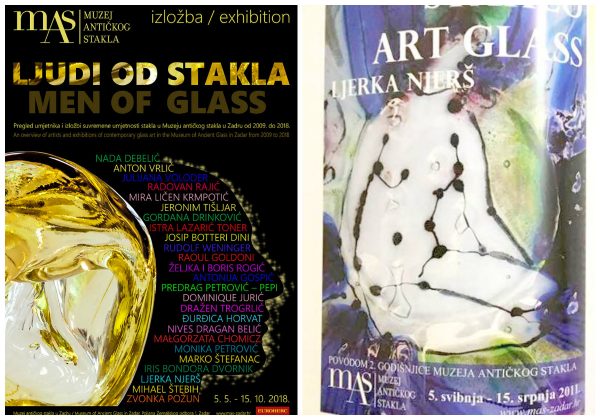
- “Prof.dr.Ivanka Reberski: Ljerka Njerš monografija 2012”
izdavač Udruženje likovnih umjetnika primjenjenih umjetnosti Hrvatske (ULUPUH)
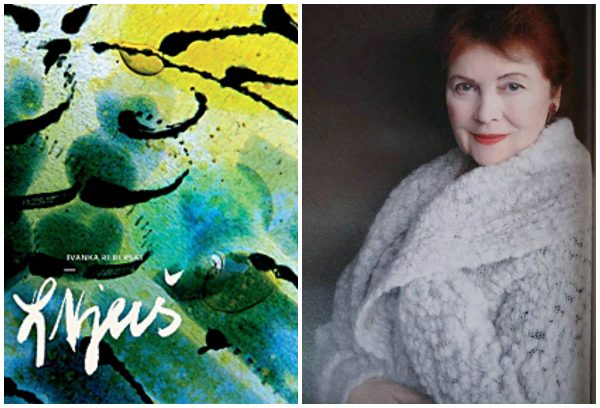
- Art bulletin, No. 62, 2012
Art_Bulletin62_4
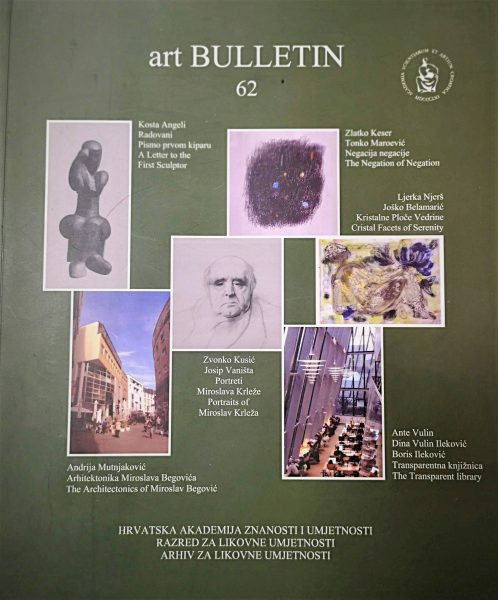
- “Ralph Hubner: Who is Who u Hrvatskoj”
u Hrvatskoj 2011. prvo izdanje - “Svijet oko nas” – encyclopaedia for children and youth,
“Školska knjiga” Zagreb, pp. 33. i 123. - “Potters”,
Seventh Edition, The Craftsman Potters Association of Great Britain, p. 186. - “Art Diary”,
Gian Carlo Politty (Italy), 1985, p. 449. - M. Gorini: “Albero nudo con disegni di Ljerka Njerš”,
Panda Edizioni (Italija), 1981. - “Contrapunto”
Nov-Dic 1980. rivista di poesia ed arte. Disegni a copertina di Ljerka Njerš, Noventa Padovana, Padova, Italy - V. Crnković: “Njerš”,
Zagreb, 1980.
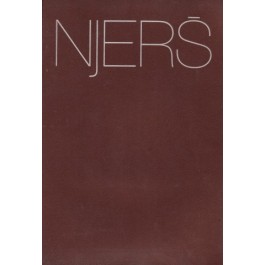
- “The Masters of Modern Ceramics”,
Editrice S. PA. Faenza (Italija), 1984. - M. Baričević: “Povijest moderne keramike a Hrvatskoj”,
Školska knjiga, Zagreb, 1986, pp. 100, 121, 130. - “Likovna enciklopedija Jugoslavije”,
sv2, Jugoslavenski leksikografski zavod, Zagreb, 1987, p. 487. - “Akademija likovnih umjetnosti u Zagrebu”,
zbornik, Zagreb, 1987, p. 97. - “Who is Who in International Art”,
International Biographical Centre, Cambridge, 1987, str. 89, 121, 462. - P. Dormer: “The Meaning of Modern Design”,
Thames and Hudson, London (Velika Britanija), 1990, p. 160. - J. Depolo: “Ljerka Njerš”,
monography, Grafički zavod Hrvatske (biblioteka Prizma), Zagreb, 1990.
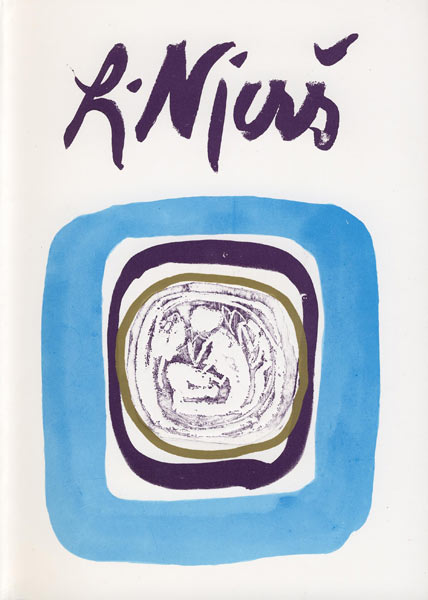
- “Samo tebe volim, oj Kroacijo”,
map, Mladost (M. Šovagović), Zagreb, 1992. - “Hrvatski leksikon”,
sv 2, naklada Leksikon d.o.o., Zagreb, 1997. - P. Brajsa: “Umijeće bračnog života”,
Zagreb, 1997; illustrations by Ljerka Njerš - Maja Gregl: “Ljubavi Alme Mahler”,
Zagreb, 1999; illustrations by Ljerka Njerš - Maja Gregl: “Osmijeh Lukrecije Borgije”,
Zagreb, 2001; illustrations by Ljerka Njerš - “DIOGEN” časopis ON LINE broj 21. travanj 2012.
Sarajevo Bosna i Hercegovina.
Gl.i odg. urednik Sabahudin Hadžialić
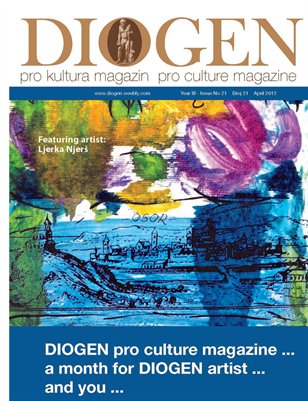
- “LICA BEZ SJENE”-umjetnički ateljei
Marina Baričević,2018.
Izdavač: In Tri d.o.o.
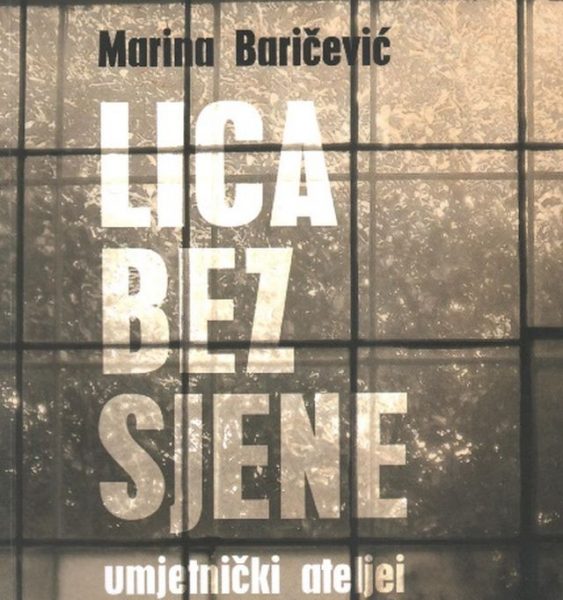
Ljerka Njerš: The painter of free gestures and bright colours
Author:Branka Hlevnjak
Transparency and purity of structure endow glass with a peculiar magic. It is rich in reflections like the quiet surface of a lake, but also fragile like its water mirror which disintegrates at the first breath of wind. Since it always requires careful handling, glass holds a privileged, even pampered, position among all the materials of visual arts.
Applied artists and painters have always used glass, and it has paid them back in light. When the sun shines through stained glass, interiors become suffused with a spiritual dimension. This attracted Ljerka Njerš, a painter with a unique sensibility, curiosity and persistence in researching different techniques, materials and technologies.
At her retrospective exhibition at the Museum of Arts and Crafts (MUO) in Zagreb in 2007, she showed the public how interior decoration can combine design with a painterly intervention. When she first adapted her signature visual style to glass, Ljerka Njerš discovered new ways of painting, or rather, let her painting instincts take over while using motifs we already knew from her many paintings and drawings. These motifs are big flowers and female nudes, with graceful supple bodies, hunched or reclining like odalisques; they are the same motifs we see in the paintings of the old masters. They are accompanied by free visual forms that may or may not be landscapes.
The exhibition at Gliptoteka in 2010 showed the artist’s intimate knowledge of glass; she displayed glass platters and vases painted with utmost elegance, as if she was preparing them for a royal banquet. Each detail of these glass vessels was magnified on photographs (made by Višnja Serdar) which looked like a series of original abstract paintings created with spontaneous and soft strokes, seemingly complete (even though showing only details) and suggesting very emotional and experiential colourful images.
Her stay in Zadar and her cooperation with the Museum of Ancient Glass, where Ljerka Njerš has exhibited her works since 2011, greatly affected the range of her glass creations and new research. When she mastered gilding with glass fusion techniques in London, she was given the opportunity to create actual works with this technique in Zadar. She coated her elegant glass paintings with the opulence and wealth projected by the very presence of gold in images. Each glass painting was given an elite feel by the artist’s broad “golden touch”.
Her pleasant and productive encounters in Zadar, where she was able to experiment and try new creative paths, finally resulted in this exhibition. As a master of colour compositions, Ljerka Njerš most often used blue (her favourite colour), combined with green or (more rarely) another colour in the framework of black and transparent glass. Her daring and liberating rhythms have shaped vibrating, pleasant, beautiful and inspired glass paintings.
The transparency of glass and the reflection of colour through light motivated this creative explorer to replace glass surfaces with light paintings on silk. To achieve the effect of the new and the different, but also to remain faithful to herself and her world of visual imagination, Ljerka Njerš took up new tools: photography and computers.
After using photography like a diary for recording impressions, she looked into photogenic themes and concentrated on the visual nature of chosen motifs. Having mastered the computer and its photo editing capabilities, Ljerka Njerš discovered a new passion in her painting. Or, to be more precise, these tools let her release her painterly temperament and use the new medium to shape photographic images in her own way. The bright, dazzling colours (blue/green/red/yellow) are expertly harmonised and balanced; the artist resisted the pull of technology that had ensnared many photographers using the same tools in a similar way. Since she is a painter by vocation (instead of a photographer trying to imitate painting), Ljerka Njerš created monumental and suggestive photo-paintings. When these bright colours and interesting motifs are printed on silk or some other translucent material and set before a window or inside a space where light passes through them, these works become the stained glass of our age. Her splendid photographs, such as the Church of St Donatus in Zadar with its minimal effects of colour and the powerful gesture of the wide red stroke, leave a strong visual impression.
As she explored different ways to use her photographs, the artist naturally arrived to the portrait. The essence of her portraits, but also of the entire opus of Ljerka Njerš, is a visual subtlety that can reconcile the starkest contrasts of colour, create vibrancy and tenderness, and employ elements bordering on the “overwrought” while preserving a high level of harmonious visual form in each “risky” work. It is the virtuosity and talent of Ljerka Njerš the painter, who has brought her light touch and plethora of talents to the crafts, where her delicate sensibility has created art.
FOTOGRAFIJE SA REMETSKOG KAMENJAKA
autor: Ljerka Njerš

